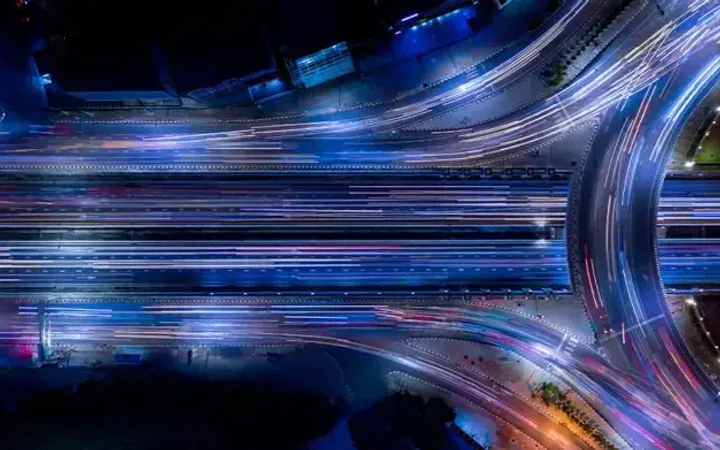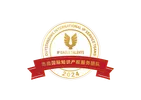European road safety project ‘Vision Zero’ aims to achieve a highway system with no fatalities or serious injuries involving traffic by 2050.
#
Its underlying principle is that road safety responsibility should be shared by both system designers and road users. While this aim is to be commended, with almost 120,000 accidents a year on UK roads, is Vision Zero just a pipe dream?#
The impact of human error#
Over the last 30 years, vehicle safety has improved dramatically. Through the 1990s, hardware-based features such as anti-lock brakes and crumple zones were the driving force for road safety, but software-based features like automatic emergency braking and lane assist have now taken it to new levels. The development of advanced driver assistance systems (ADAS) and autonomous driving promise an even safer future, as efforts to reduce the impact of human error on the driving process continue.
However, we humans have an impressive ability to constantly invent new ways of exposing ourselves to danger, as new levels of technology always bring new risks. Who would have thought, 30 years ago, that distractions from high-tech mobile phones and infotainment systems would be an issue for road users? Also, in many cities, vehicles of all different types and sizes share the road network, which means that traffic becomes a melting pot of road users who all behave in different ways. Unless we can remove the ability of humans to commit human error, fatalities and serious injuries will always be possible.
Potential solutions for road safety#
The implementation of Vision Zero in the UK has led to a 20mph speed limit being imposed on all central London roads. Other cities have followed suit, much to the chagrin of many drivers. In the Netherlands, mediums of transport which differ drastically in mass, speed and/or direction are separated — the most obvious result of this being specific bus and cycle lanes — in an effort to achieve a level of homogeneity that will reduce the impact of collisions.
Another interesting development concerns Volvo — a manufacturer ever associated with vehicle safety and famous for saving millions of lives by ‘open sourcing’ its three-point seatbelt. Its new ‘Equal Vehicles for All’ initiative aims to make cars just as safe for female users as male users. While this might seem like a given, male crash test dummies are the industry standard — which means that differences in female anatomy are not always considered effectively. Such oversight may be behind statistics that show women are almost twice as likely as men to become trapped in a vehicle after a crash, and why they typically sustain different patterns of injury.
Volvo has also developed geofencing technology that enables it to control the speed of cars in specified areas such as schools, to reduce the probability of a road traffic accident. This geofencing is also being tested in cities to ensure that vehicles use electric-only modes in an effort to reduce pollution.
Is vision zero a pipe dream?#
Whether or not Vision Zero is a fully realistic aim — particularly given the role of human error in the driving process — it’s certainly something beneficial to work towards.
In a recent article for Automotive World, Klaus Kompass — Professor of Vehicle Safety and Driver Assistance at the Technical University of Berlin — outlines that Vision Zero is fundamentally misunderstood. He states that “Vision Zero is — and will remain — a vision” and explains that achieving Vision Zero “implies that each and every chance to improve safety must be captured, which is currently impossible.”
It seems that Vision Zero — as with many things — could be pulling innovators towards complex ideas that attempt to achieve the end goal in one key step. While big ideas have great value, we are all sometimes guilty of overlooking the more prosaic aspects of a problem — and a more simple idea may be the one to push us much closer to Vision Zero.
One interesting development comes from autonomous vehicle company Nuro, which has developed an external airbag for pedestrians that is set for use on its delivery vans. Despite being a less technological idea, this goes straight to the heart of the problem — reducing the impact of a vehicle collision — and could inspire more innovation around vehicle exteriors. While only time will tell, it seems like all parts of a vehicle will need to work together to bring about Vision Zero.
That said, as we continue to develop standards around autonomous vehicles and other forms of safety technology, it’s clear that road safety will improve. Initiatives like Vision Zero help to ensure that safety remains a key aim for the automotive industry and manufacturers should be commended for striving towards this goal.
If you’re innovating in road safety, get in touch for a free initial chat about your technology.





















